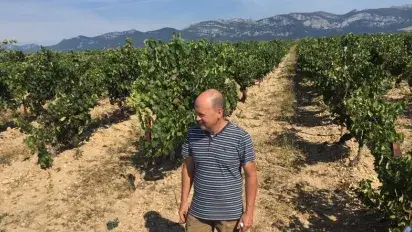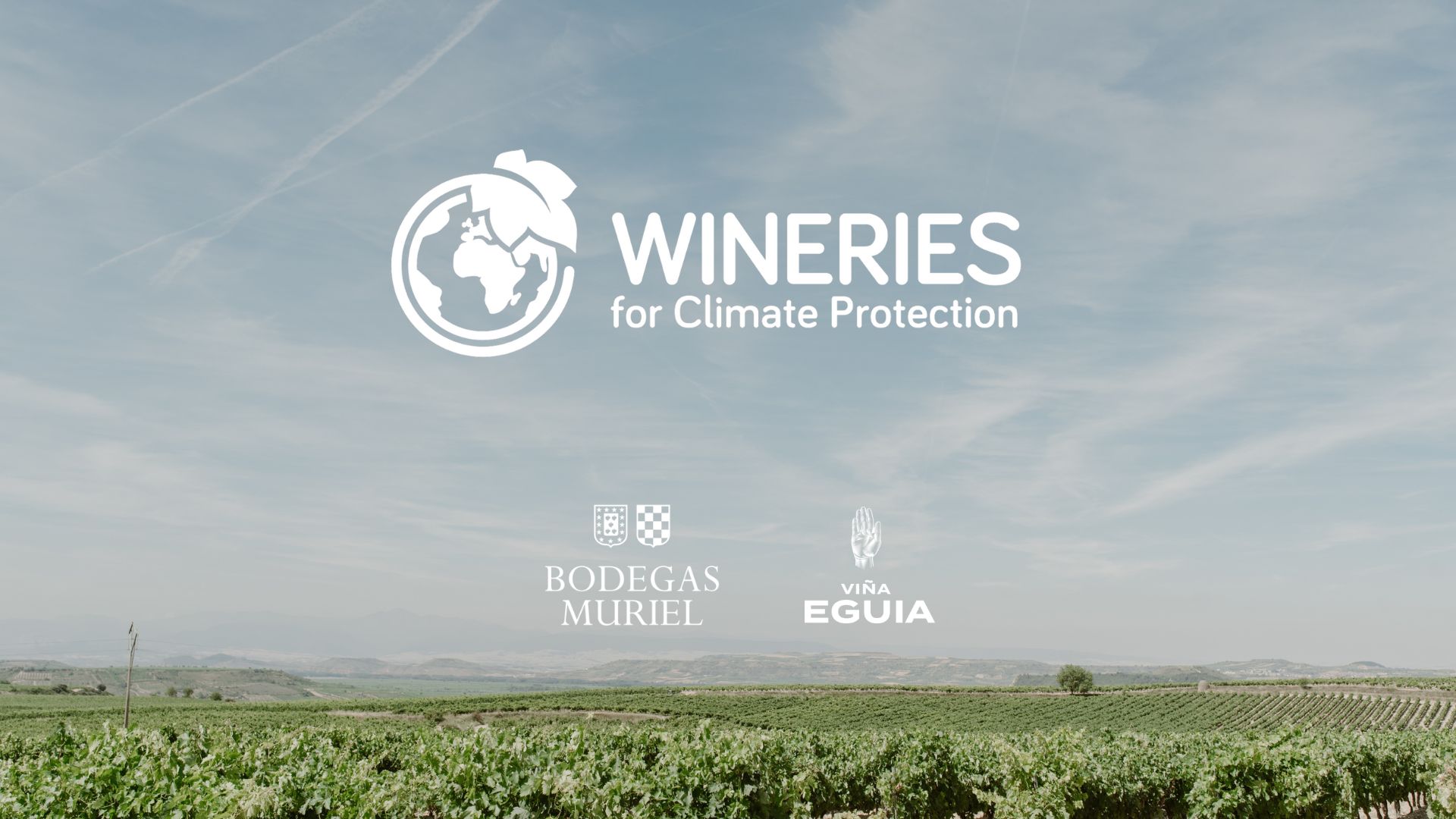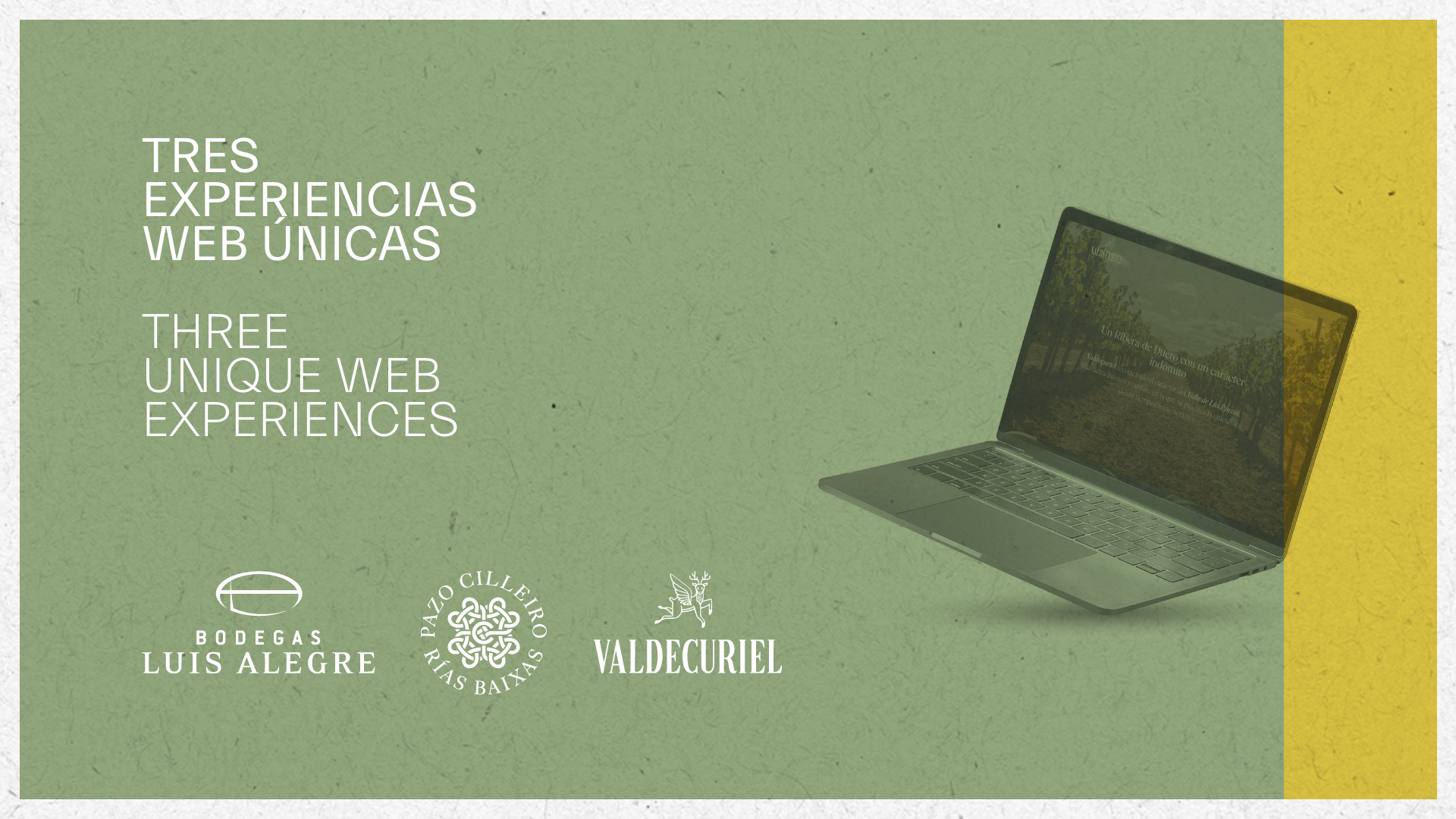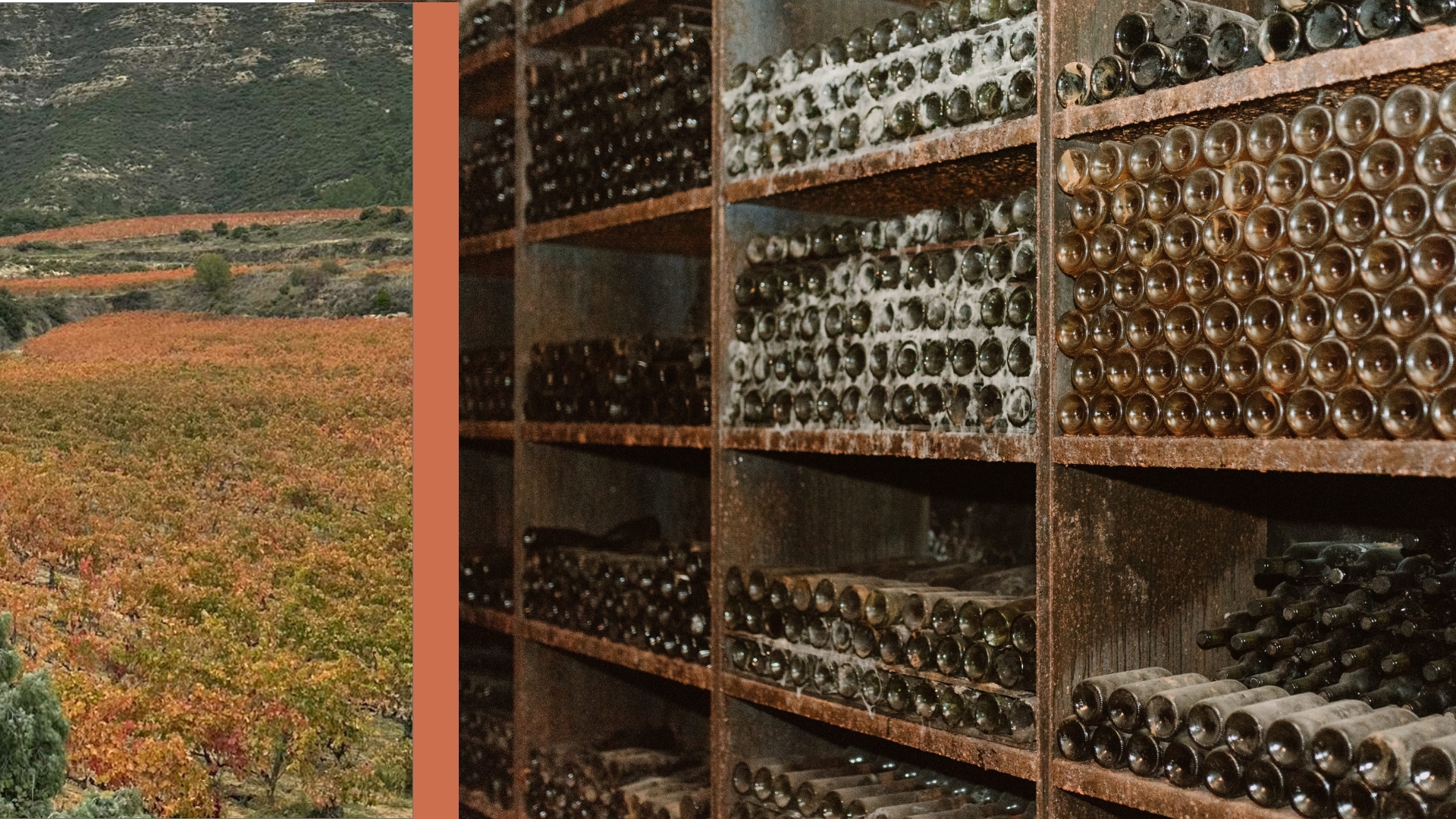"The flavour of Rioja Alavesa is right in El Gallo vineyard"

A conversation with Chema Ryan, winemaker at Muriel Wines
Chema Ryan is usually seen in the vineyards, testing bunches at the end of the summer, supervising the winter pruning, monitoring grape selection during the harvest, rigorously following fermentations and even travelling occasionally to different parts of the world where Muriel wines are sold and in whose creation he plays a pivotal role.
For the winemaker and head of viticulture at Muriel Wines, building a successful image of the wines of Rioja "implies offering diversity and explaining it coherently".
What do you look for as a winemaker?
We want the wines we make to represent the area where they come from: Rioja Alavesa and, more specifically, the vineyards of our village, Elciego. This statement, which might seem trite, hides in our case the complexity of having to successfully mix wine productions from many different plots. Our goal is that the blend, which is the sum of all those plots, faithfully expresses the village.
And you want this blend to be consistent year after year, is that right?
Exactly. It is not so much a question of making an exceptional vintage, but rather a matter of achieving continuity. That's what will allow us to create a brand over time. Vintage after vintage, consumers need to know that the brand will not fail them.
So, is terroir secondary?
Actually, we distinguish between two types of terroir. On the one hand there is the micro-terroir, the most specific vineyard. On the other hand, the macro-terroir, which is what we are most focused on. It refers to what I was saying: the sum of different plots in various areas. A coherent and honest mix of these areas allows us to represent a style.
How important is the work in the winery in this context?
The winery adds up. And of course, the work in the winery must always be of the highest quality. But I insist: the basis and the key is the selection of grapes and plots.

How many own vineyards and how many external suppliers does Muriel Wines work with?
We own and manage 250 hectares. In addition, we make wine with grapes grown in 450 to 500 hectares owned by independent providers. We have a long and trusting relationship with most of them.
That means over 700 hectares. How do you achieve quality with so many different plots?
We've given this question a lot of thought. My conclusion is that in order to reach a high quality across the board, we need not only to control and inspect, but above all we need to have trust. Our suppliers are reliable professionals and they know that we are going to make good wines with their grapes, so we demand good grapes from them. We just let them work they know their vineyards much better than anyone else. And the fact is that they are very committed.
Mixing different vineyards and areas is a singular tradition in the history of Rioja.
That's right. Rioja is a large, heterogeneous region. Differences can be very pronounced, but they allow us to work in two ways: on the one hand, blending wines from different origins and, on the other hand, producing very specific wines from very specific vineyards. Both models coexist, even within our group. In the end, they are just two different ways of expressing our rich diversity.
What do consumers seek now?
A bit of everything. They demand both blended wines and wines that express unique vineyards. The key is to know how to offer variety and how to explain it coherently.
Which brands in Muriel Wines meet this demand?
Muriel, our core traditional range, represents a blend of vineyards from different villages in Rioja Alavesa. Viña Muriel, on the other hand, is a newer range for our single vineyard and village wines. In this case in particular, our El Gallo vineyard in Elciego.
Tell us about El Gallo.
It is the highest site in the village, 1.5km to the west of Elciego. It is shaped as a wide plateau and we have 24 hectares of vineyards, mostly Tempranillo with some Viura. It is an old vineyard, most of it planted in 1973. We have bush vines trained on trellises.
What does El Gallo mean for you?
It is an icon that embodies the essence of Tempranillo from Rioja Alavesa. It is our trademark grape variety and it is a very familiar taste to me. If you ask me to describe what Tempranillo from Rioja Alavesa tastes like and, in particular, from Elciego, I'd think of those old vines in El Gallo.
And which brand in your range?
Viña Muriel Reserva. It has the typicity I mentioned.
Of all the vineyards you work with, which others do you have a special fondness for?
I really like a plot in an area known as Veriquete, near Viñaspre, a hamlet of Lanciego in Rioja Alavesa. It's a beautiful sun-oriented vineyard, some four hectares of old Tempranillo vines with old Viura vines scattered in the middle.
Where would you take someone to make them see and understand the physical context of Rioja Alavesa?
I would take them on a cross-shaped itinerary. I would drive out of Logroño, heading west along the N-232a towards Laguardia. After Laguardia, I would drive a few kilometres down the same road to Leza to take a local road on the left, the A-3212, in a southern direction. I would then drive through the villages of Leza, Navaridas and Elciego, stop at Viña Muriel's El Gallo vineyard, and then cross the river Ebro towards Cenicero, in Rioja Alta. This route allows the visitor to understand the singular features of the area, full of gentle slopes and ravines, the "up-and-down", as I call it.
Two years ago the group bought a large property in the foothills of the Yerga mountains, in Rioja Oriental, with 180 hectares of vineyards. What are the differences between this area and Rioja Alavesa?
It's a good example to explain how diverse Rioja is, because the vineyard in Yerga, which we call Montalvillo, feels much wilder. There is a bit more elevation but, above all, an atmosphere that is clearly influenced by the surrounding mountains. The vineyards are very close to the forest and exposed to a very strong wind which is locally known as Cierzo. These grapes provide more diversity and complexity to our wines.
How is viticulture progressing? What are the goals of Muriel Wines?
We are moving towards an integrated and sustainable production, that is environmentally friendly, which also means being more respectful of the grapes. Paying more attention to the work in the vineyard is helping us to gain experience and to learn more things.
As a consumer, what do you like to drink? What draws your attention?
I'm really into old whites or with a few years in the bottle. From Rioja and anywhere else in the world. I like to see the evolution of white wines that have been made with great care. Our Viña Muriel Blanco Reserva is in that group: we opened bottles of the 2010 vintage that are now in extraordinary form.
I also love tasting wines of varieties I hadn't come across before. For example, I recently discovered Sousón, a red variety that is traditional in some areas of Galicia.
You may also be interested in:



